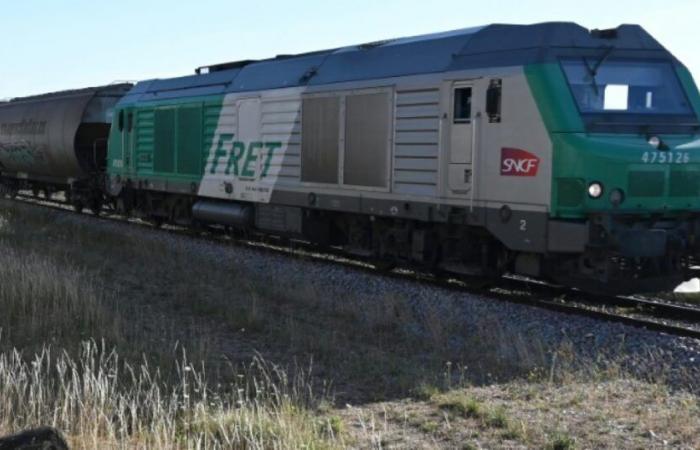End clap for Fret SNCF, leader in rail freight transport in France, which will be replaced by two new companies in 2025 with 10% fewer employees, to the great dismay of the unions who are preparing their response.
This is the culmination of almost two years of crisis within the public company, targeted by a procedure from the European Commission since the beginning of 2023. From next year, Hexafret will take care of freight transport and Technis de locomotive maintenance.
The French state is suspected of having paid aid considered illegal between 2005 and 2019 to Fret SNCF to make up its deficit, for around 5 billion euros.
However, rail freight has been open to competition since 2006 in France and aid must benefit the entire sector, according to European regulations.
The State only had two options according to those involved in the case: go to litigation and take the risk of losing, which would have forced Fret SNCF to reimburse 5 billion euros and led to its disappearance with a social plan targeting 5,000 people. , according to its leaders.
Or negotiate a “discontinuity plan” with European authorities to avoid prosecution. This is the path that was initially chosen by the Minister for Transport Clément Beaune, confirmed last Monday by his successor François Durovray.
– Flux abandonment –
“The SNCF fought alongside the State to obtain the most moderate discontinuity possible,” the president of Rail Logistics Europe, the holding company bringing together the freight activities of the SNCF (Captrain, combined transport), told AFP. …), Frédéric Delorme.
According to him and other SNCF executives, the initial premise on the European side was “a punishment” with the abandonment of 50% of turnover, 50% of traffic and the elimination of 50% of the workforce, modeled on what happened to the Italian airline Alitalia.
In the end, Fret SNCF had to abandon 23 of the most profitable freight flows to the competition – from Belgian, German and French operators – or 20% of its turnover and 30% of its traffic. This operation was carried out in the first half of 2024.
The second stage, with the disappearance of Fret SNCF in favor of Hexafret and Technis, should lead to the elimination of 500 jobs, or 10% of the workforce.
A third stage will take place at the end of 2025-beginning of 2026, with the opening of Rail Logistics Europe's capital to the private sector. “But with a red line, the SNCF group remains in the majority,” according to Frédéric Delorme.
There will be no layoffs, the SNCF and the government have promised: all of the railway workers concerned will be transferred to other companies in the group.
– “Carnage social” –
Of the 4,500 employees retained, 10% will go to Technis and the rest to Hexafret. “It’s very hard for railway workers,” admitted Frédéric Delorme.
Especially since Fret SNCF was finally back in the green after years of deficit when the procedure was opened.
For the unions, who are calling for a moratorium and the resumption of negotiations with the European Commission, this decision is not only “social carnage”, but also an ecological aberration “while the climate emergency imposes the development of rail as a beneficial solution to everyone.”
The share of goods transported by train is already low in France (11% in 2023) compared to the European average (17%). But rail freight also recorded a more marked decline in France in 2023 (-17% of goods transported) compared to its European neighbors.
However, Frédéric Delorme wants to believe that the company can get back on healthy footing despite its weakening. “These companies (Hexafret and Technis) will benefit from favorable factors to develop,” he assures.
The French state has notably decided to increase by 30 million euros aid for single wagons (a train transporting loads for several clients) in the 2025 budget. In total, aid to the sector will amount to 370 million euros. 'euros.






